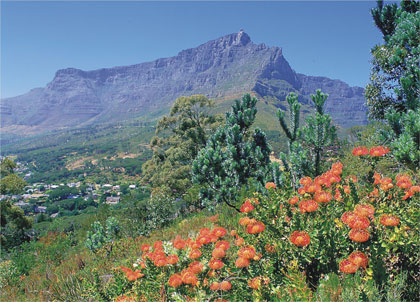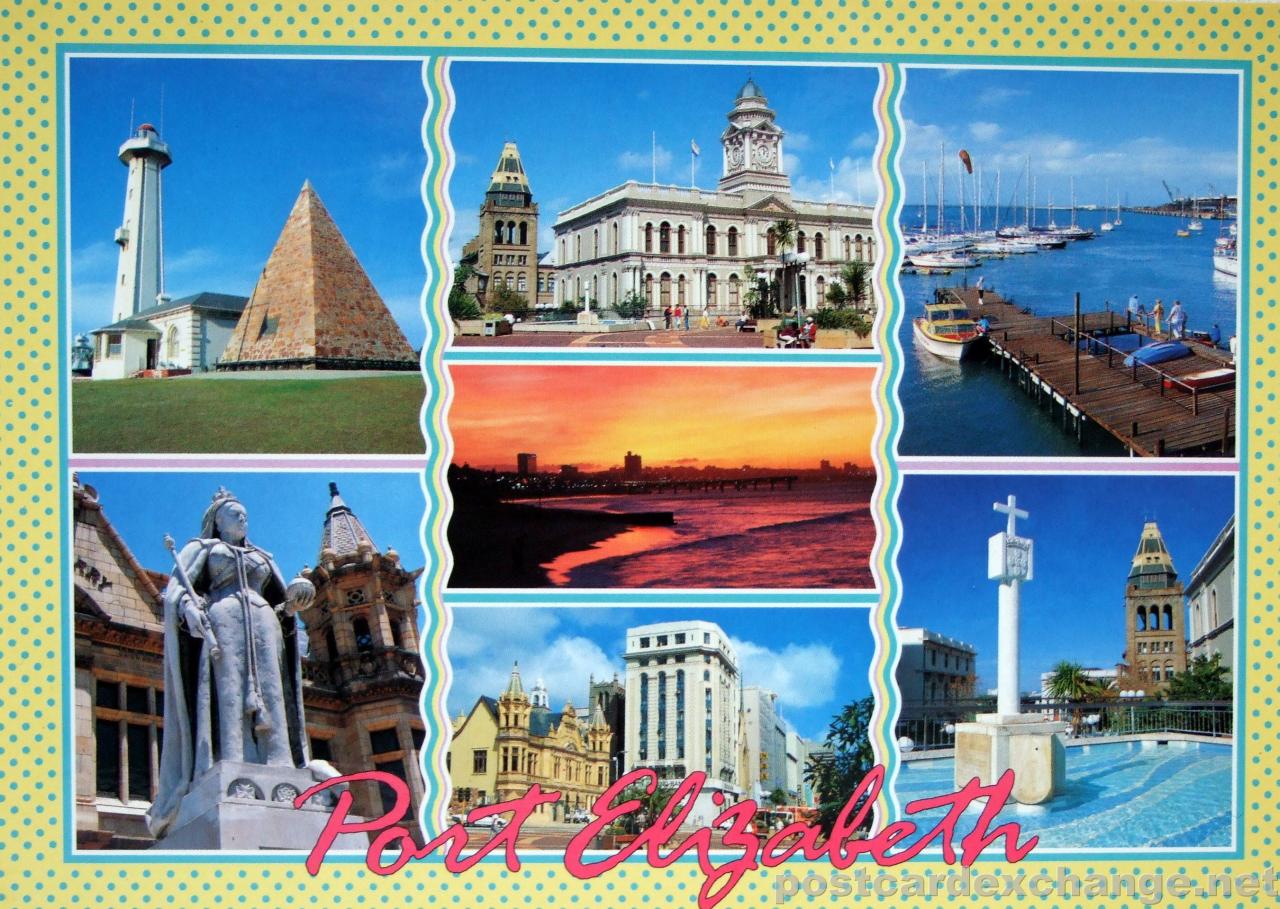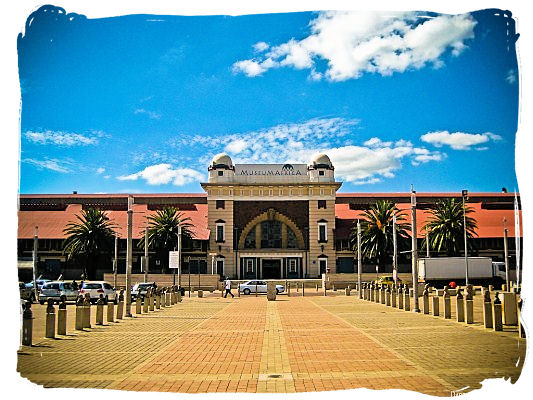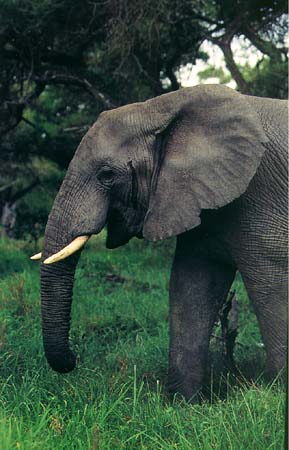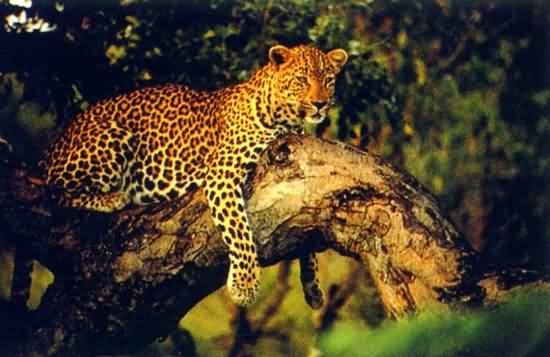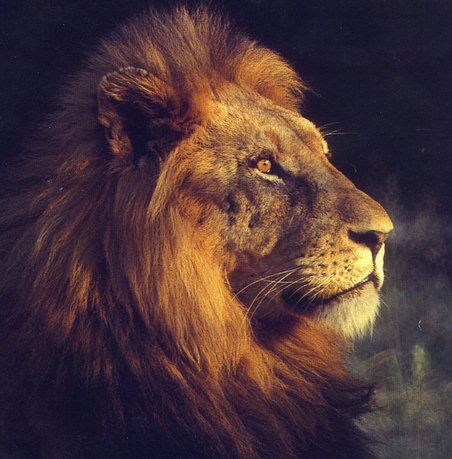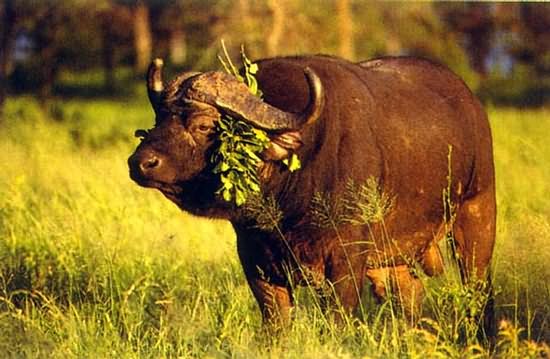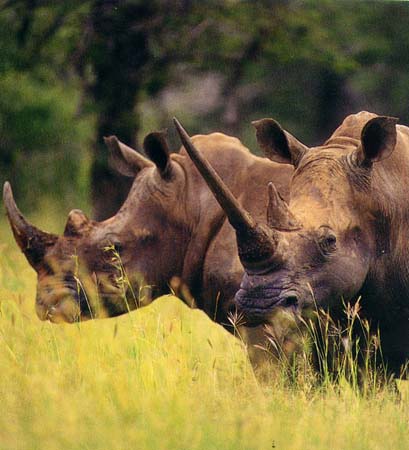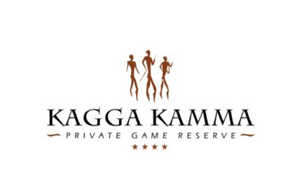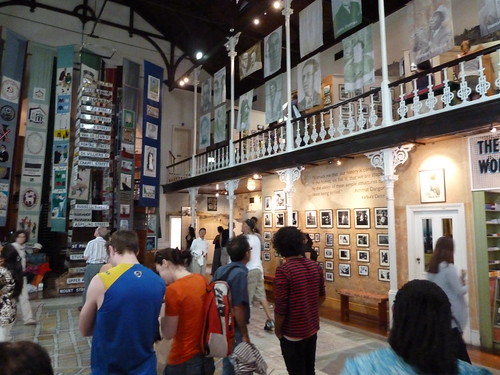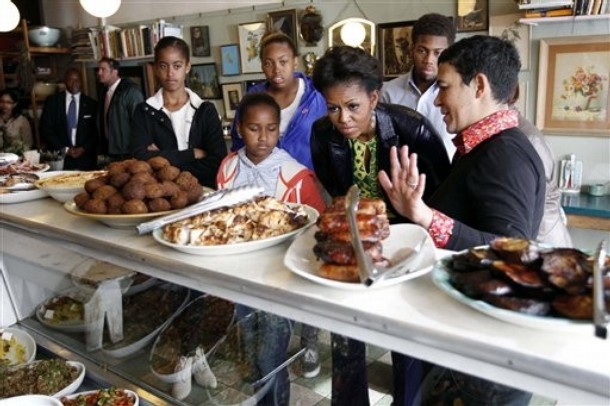KwaThabisile Game Lodge is situated in the Leeuwkloof Valley Conservancy, a 400 hectare game reserve within 1 hour from Johannesburg and 30 minutes from Pretoria, and offers self catering accommodation in fully equipped units, in an "Out of Africa" environment.
In the heart of Gauteng, Dinokeng ‘a place of rivers’, and Leeuwkloof valley, is a game lodge surrounded by wildlife roaming in a 400 hectare game reserve. This is KwaThabisile Game Lodge where Alexandra welcomes you to her Out of Africa. Wake up in the morning to game grazing peacefully under your bedroom window. Wander over to the pond or laze by the pool and enjoy sunset drinks overlooking the valley and into the bush watching the animals graze.
Enjoy the sounds of birds sing in our valley, see and hear the night come to life. At KwaThabisile you can experience nature even though you are close to many other enriching activities such as nearby Cullinan and experience ‘All of Africa in a day’.
Accommodation
The accommodation is ideal for groups of friends and families, small conferencing, productions and weddings. The old Thabisile farm house was originally built by the Italian Prisoners’ of War. It has since been converted into self catering units, 2 of which can be interlinked. Though
it is mainly for self catering, if you would like meals to be included we can pre-arrange a package for you, menu, picnic, or braai.
ANTELOPE
Antelope unit has 2 bedrooms with en-suite bathrooms (each with 1 King size bed or 2 Single beds). Fully equipped kitchenette open plan to lounge and dining area and large veranda overlooking the valley and dam, with sunset views. Private, but has interleading double door to the Bushbaby unit.
BUSHBABY
Bushbaby unit has 2 bedrooms, 1 with en-suite bathroom (each with 1 King size bed or 2 Single beds) and the other has its own separate bathroom. Fully equipped kitchenette open plan to lounge, dining room and veranda. Has a large boma with view of the valley and sunset. Has immediate access to swimming pool.
CHAMELEON
Chameleon unit has 2 bedrooms (each with 1 King size bed or 2 Single beds) with 1 bathroom sharing. Fully equipped kitchenette, open plan to lounge, dining room and veranda. View of gardens and bush. The thatch roof house was previously built as dormitories for children. It has since been converted into open plan units that have been tastefully decorated.
DUIKER
Duiker unit is an open plan bedroom (2 double beds), lounge, dining area. There is a separate but fully equipped kitchenette and a separate bathroom with shower and bath. This unit has a view into the bush from the bed itself.
ELAND
Eland unit is interleading with the Duiker unit (must be booked with Duiker). Unit has upstairs,1 king size bed with view into the bush with balcony overlooking swimming pool and sunset view. Downstairs has a large fully equipped kitchen with dining area and lounge with veranda.
FLYCATCHER
Flycatcher unit is an open plan area with 2 double beds, fully equipped kitchenette, dining area and lounge. Unit has a separate bathroom with shower.
GIRAFFE
This is the original barn that has been converted into a cosy but stylish open plan unit. The unit consists of 2 single beds and can be dressed with king size linen bedding for couples. It includes an en-suite bathroom, a fully equipped kitchenette, lounge and dinning room area. The verandah overlooks the giant Monkey Thorn tree, gardens and swimming pool. The private braai facilities, paraffin lamps, torches and open fireplace provide a feeling of complete peace when you need it most.
All units are equipped with fans, hot water bottles, mosquito net, towel, hand towel, torch, paraffin lamps, candles, matches, fire wood, salt and pepper, oil, vinegar, rooibos tea, five roses, Nescafe, Ricoffee, Cremora, and pamphlets of things to do in the area.
Communal area
Swimming pool, deck chairs, and umbrellas, fabulous views overlooking the valley, and into the bush with great sunsets. Versatile function room with DSTV, games (Ping-Pong table, trampoline, darts, petanque, rumicub, crocket, swing ball, frisbee, backgammon, cards, pellet rifle) and mini-library. Boma for group bookings is ideal for evening get-togethers around the fire.
Activities: on and off-site:
Walking and hiking trails viewing game, bird watching, fishing, and identifying trees, shrubs and insects. Game drives, horse riding, 4x4 trail, fishing, canoeing, game drives, observatory, conference, team building, weddings, meals, golfing, rowing, boating and cultural tours. One can visit Cullinan village founded in 1903, Roodeplaat dam, Mandela village, Ndebele village as well as other cultural experiences or places and activities of interest. You may want to try one of the nearby Spas for a relaxing massage.
The game include:
Over 240 grazers including kudu, zebra, blesbuck, impala, wildebeest, eland, waterbuck, duiker, steenbuck. Also warthog, porcupine, jackals, caracal, mongoose, vervet monkeys, bushbaby, baboon, reptiles, snakes, frogs, and tortoises. One can also see 200 species of birds sighted in our area.








